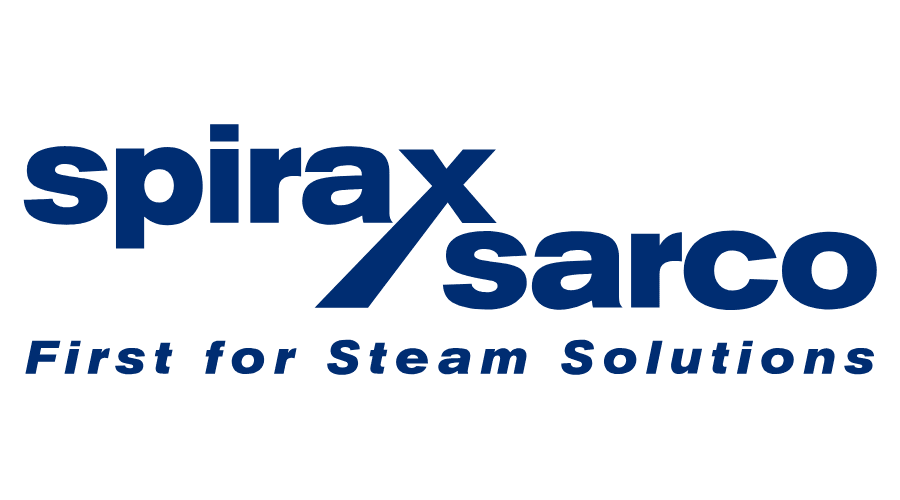This article considers why steam systems enable reduced individual assets within a HSO, gain reliable processing and still contribute to thermal efficiency targets.
“Condensate (liquid form) still retains up to 10% of the energy required to produce steam (vapour)”
The old rule of thumb “for every 6-degree rise in boiler feedwater temperature, can result in a 1% saving in fuel” still very much stands today however in some ways choosing thermal generating plant and how to best utilise it, has never been so confusing. Today HSO’s need to consider primarily what’s best for staff and patient outcomes whilst achieving compliance quality and process sustainability and added into the mix is reducing building energy and waste targets, carbon-free producing plant rooms and constantly evolving technologies around renewables. There is
an abundance of considerations, so here’s some facts for reference:
- Healthcare facilities present a major sustainability challenge as their energy intensity is twice and water usage is around six times that of commercial office buildings (2)
- In general, heating and cooling together constitute 44-47% while lighting constitutes 24-27%, equipment energy consumption is 22-27% for health facilities (2)
- The healthcare sector alone is responsible for 4.1 Mt of greenhouse gas emissions per year which accounts for 13% of the total building sector (1)
Striving to achieve “zero energy buildings” certainly has its place, however, this needs to be considered whilst still operating and maintaining a hospitals core functions. Whilst some may argue generating steam from industrial boilers adds to the energy intensity, this in part is true however this should also be considered in relation to the flexibility of steam as a heating medium comparing any substitute methods as a whole and this may not be an even playing field when it comes to the final result. Steam plants have a future in advanced buildings designs if designed correctly so let’s explore some basic uses and concepts for both Plant and Clean steam.
PLANT STEAM
- Steam heat exchange can generate both LTHW & MTHW which can be in combination with renewable energy systems, reducing energy intensity and removing the need for additional hot water boilers
- Flash steam recovery systems can be utilised to reduce energy intensity (Refer Fig 4)
- Plant steam can be used for humidification of general air streams reducing the load on air reticulation plant
- Modern boilers and efficient steam using principals reduce plant room real-estate and have a long life-span resulting in a low total cost of ownership
- Steam plants can be easily automated, reducing the need for supervision
CLEAN STEAM
- Plant steam is utilised as the primary heating medium via thermal exchange so the condensate produced, can be saved and re-used
- Cold RO make up can be pre-heated by returning condensate via plate exchange
- The clean steam delivered to the autoclaves jackets can be returned to the boiler house for re-use
- CSGs are energy efficient, utilising only a small amount of electrical and compressed air for operation in comparison to integral units
- The thermal capacity of a central plant CSG far outweighs integral generation autoclaves allowing for consistent, traceable sterilising conditions under all load conditions
- Access, maintenance and validation of steam quality can be done outside CSSD processing, reducing interruptions and compromising sterile environments
- Upgrades of autoclaves to pass-through systems, evolving process flows does not need to include additional generating equipment that requires further maintaining
- Can be utilised for surgical air flow humidification
Whilst thermal and cooling plants constitute around 45% of a typical HSO’s energy intensity, utilising steam in an efficient manner in combination with renewable technologies needs to be considered in modern designs. Steam remains versatile and, if managed effectively, can help HSO’s reduce energy consumption and meet the demands of both building services and hospital quality processes.


